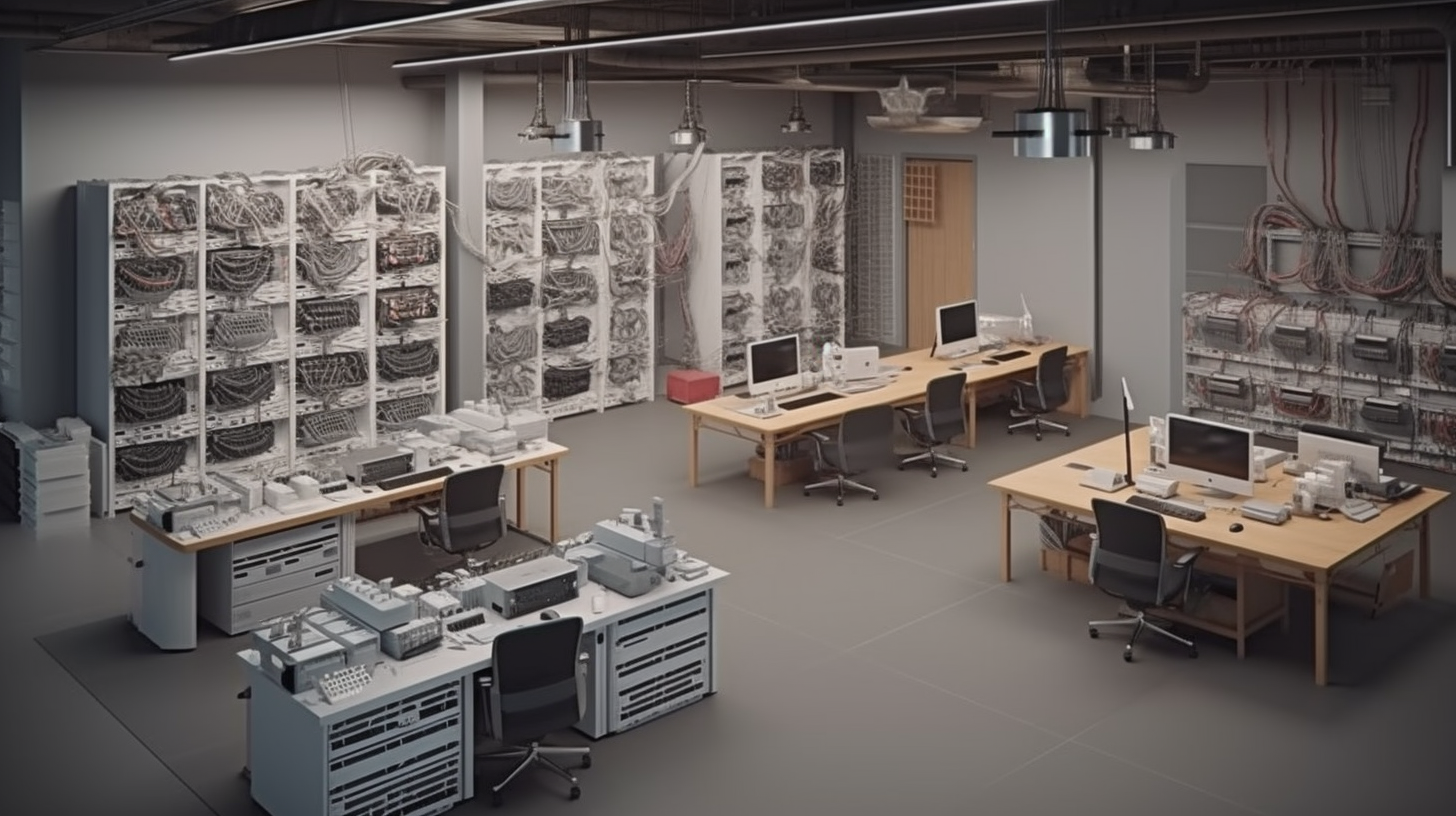Exploring the Bedrock: The Fundamentals of Ethernet LANs in the CCNA 200-301 Exam

Once upon a tech time, the Ethernet was all the rage. Now, you might ask, "What's all this hullabaloo on Ethernet LANs, especially in the CCNA 200-301 exam?" Well, dear reader, I'm thrilled as a nerd with a new algorithm to take you through the thrilling journey that is Ethernet LANs. So, polish those specs and get comfy, because we're about to dive right in!
An Academic Approach to Ethernet LANs
Let's get scholarly for a moment, shall we? Ethernet LAN, or Local Area Network as its formal name reveals, is a networking technology that connects multiple devices in a close geographical area such as offices or homes. This technology implements a data link layer and physical layer protocol in the OSI model. Ethernet employs Carrier Sense Multiple Access/Collision Detection (CSMA/CD) mechanism, which enables devices to sense whether a channel is idle and thus fit for data transmission. If a collision occurs, i.e., two devices transmit data simultaneously, they stop, wait for a random interval, and then resend the data. This approach ensures data integrity and minimizes data loss during transmission.
A typical Ethernet network encompasses various elements. First off, we have network devices (computers, printers, etc.) which are interconnected via Ethernet cables and network switches. These switches, the unsung heroes, facilitate device-to-device communication by forwarding data to the intended devices based on their MAC addresses. Moreover, VLANs (Virtual Local Area Network) can be established within the Ethernet network to segment the network, optimize performance, and boost security.
Speaking Numbers: Ethernet LANs Statistics
Now let's put on our statistician hats, and crunch some numbers. As per Data Alliance's 2020 survey, Ethernet market size was a whopping $1.19 trillion. And if you think that's huge, hold on to your network cables because it's projected to hit $1.4 trillion by 2025. That's a lot of zeros!
Suddenly, its appearance in the CCNA 200-301 exam doesn't seem too out of place, does it? The rise of IoT devices is making an even more substantial case for Ethernet LANs. Research firm IDC predicts that by 2025, there will be 41.6 billion connected IoT devices. You're right; it's an avalanche of devices, and guess what's at the center of managing all these connections? Ethernet LANs!
So, whether you're an ambitious network engineer studying for CCNA 200-301 or a curious tech enthusiast, understanding Ethernet LANs is non-negotiable. It's like a bar of gold in the networking realm, and we all know, people who control gold, rule the world!
So, pull up those Ethernet socks because the journey to deep-dive into Ethernet LANs is a wild one. Just remember, it ain't about the destination, but the journey itself and this journey has Ethernet LANs written all over it!
By the time we're done, you'll look at those tangled Ethernet cables with newfound admiration, and maybe, just maybe, the next time you're at a party and someone asks, "What is Ethernet LAN?" you'll leap at the opportunity to explain its marvelous complexities. Till then, let's continue riding the Ethernet train, shall we?